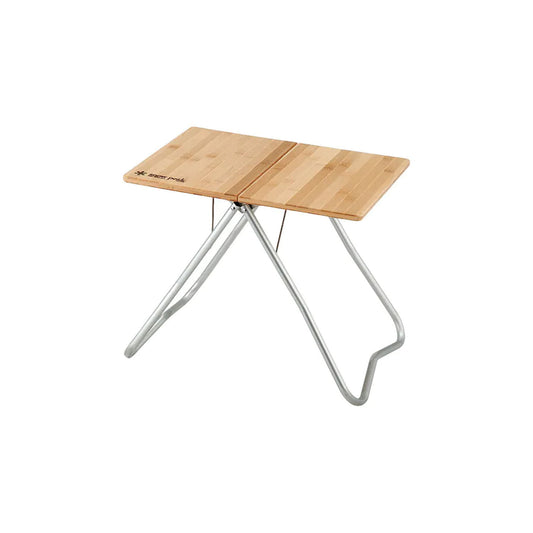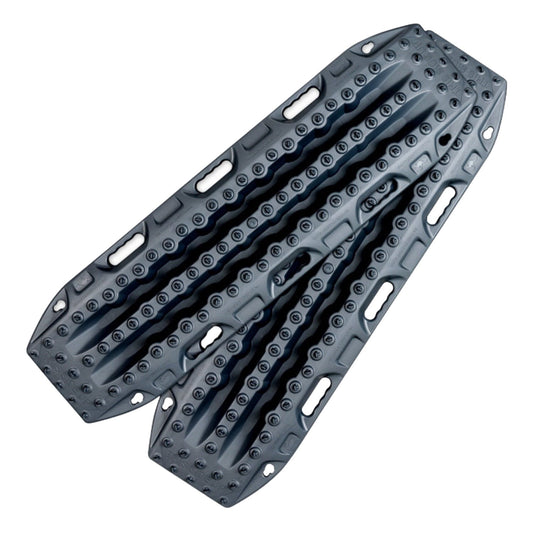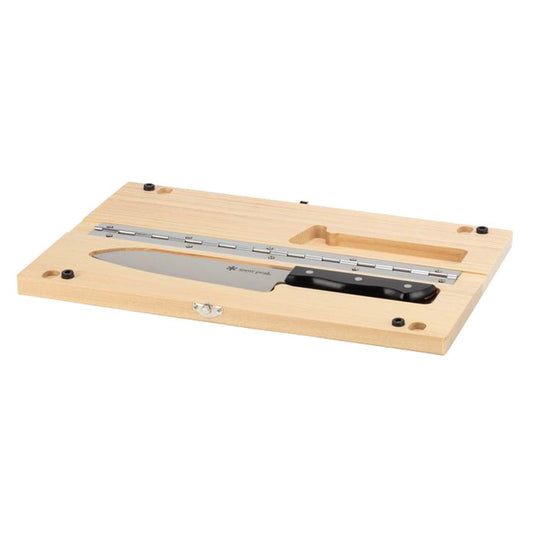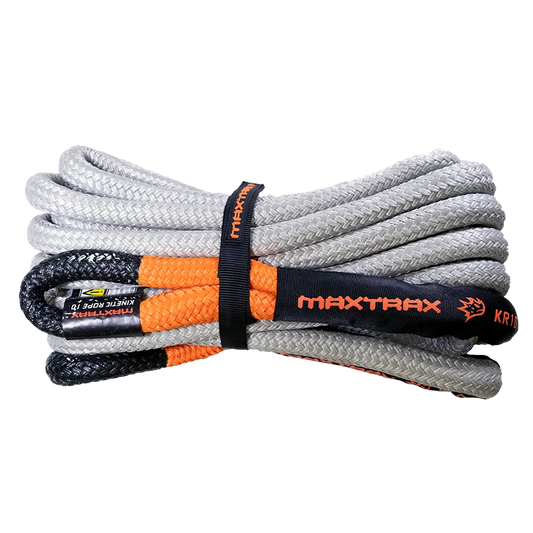Our camper trailer is a custom build we designed for trips where we plan to spend extended periods in an area and still want the vehicle free to explore. It's now spent time in the Kimberley, WA's mid and south coasts and has spent a summer exploring Tassie so it seems a good time to share the details of the build and how it has been performing.

Build Introduction
The main camper was built by Mark Reu, when he still owned Terra Trek. Ours was based on their bulletproof TTA model and was heavily customised to accomodate our design ideas. We wanted a camper trailer that wouldn't restrict us from accessing remote campsites due to either the size or toughness which is often a limiting factor for hybrids and off-road caravans. Many of the best places we've taken it so far would have been inaccessible if it were any bigger.
Chassis, Suspension, Wheels & Tyres
Our camper trailer is built on a bulletproof ladder chassis. Uniquely, it features a single draw bar and removable jockey wheel which straps away in the RHS locker for travel. Off-road the single draw bar allows for extremely tight turns which keeps the camper nimble negotiating tight tracks and dreaded U turns. The removable jockey wheel further increases the clearance and also helps to keep it out of harms way. The Cruisemaster DO35 Coupling is an easy and solid connection, articulates superbly and has proved low maintenance.


The Terra Trek suspension features long left-to-right arms that allow long independent travel for each wheel without impacting the stability of the trailer. The TTA comes with OME 200 Series LandCruiser coils and Nitrocharger shock absorbers as standard. The mounting system is simple and the OME replacement parts are widely available which was a big appeal.
My Toyota LandCruiser 76 Series also runs OME suspension, but the higher performance BP51s rather than Nitrochargers. I decided to upgrade the camper's shock absorbers to BP51s as well. My thinking here is that vehicle suspension has advanced dramatically in recent years, but in most cases camper trailer suspensions are lagging behind. Driving to the strength of the weakest link (the camper trailer) is easier said than done, so I tried to lift the performance and durability of the camper as much as possible. Inside the coils we fitted Airbag Man airbags to level the suspension under full water, food and gear load.
We also shortened the swing arms from standard to reduce the wheel base to as close to the Cruiser as possible which helps enormously through ruts and in sand. The combined setup has resulted in a trailer that tows superbly.


I fitted the same wheel and tyre combo that I run on my Cruiser - Toyota 70 Series steel rims and BFGoodrich KM3s in size 25585R16. I carry one spare on the vehicle and one on the camper which are interchangeable.

Kitchen & Shelter
One of our complaints of many camper trailers is the lack of convenient food storage. For our build we didn't want to have use storage boxes in the rear so we decide to build a similar storage bag system to the rear of our LandCruiser.
The middle locker fits five of our Snow Peak Multi Container Large, two of our Snow Peak Multi Container Single Unit and two of our Fjallraven Gear Bag Large. The rear locker fits four more of our Snow Peak Multi Container Large our Snow Peak Camp Oven and Snow Peak Field Cooker Pro.
The Snow Peak Multi Container Large is deceivingly roomy - we can fit 22 beers or 6 bottles of red in neoprene sleeves in one. Each one is labelled and the door of the middle locker doubles as a handy table for accessing these bags.

The kitchen bench slides out and sits on rock solid slides. We chose a gas stove over induction cooktop as we can cook for ~two months from the two 4kg gas cylinders and it takes significant pressure off our electrical system. The stove is a Partner Steel Cook Partner which is high output and tough. Beside the stove we fitted a drawer to utilise the dead space which keeps some of our kitchen gear handy.
We have a 40L Evakool drawer fridge in the kitchen and a second one on the other side. The basin has hot and cold water fed from the 150L stainless water tank tucked up in the chassis.


For coffee/lunch breaks and on quick overnight stops we rarely pitch any shelter. When needed we pitch the awning. We chose a free-standing rectangular shaped awning over a 270 degree awning as it's big enough for the two of us, is stronger in foul whether and is far quicker to fit walls - three walls and four pegs. We've encountered some foul weather and howling WA winds and this shelter room has been superb! The awning itself is made by Hannibal Safari Equipment. The wall connection hooks aren't great but we had this system converted to zippers locally and it's now easy and fast.


Tent
The camper has three cross bars compatible with any rooftop tent. We currently use our iKamper Skycamp 2X and use the same tent on top of the Cruiser when we're not towing. All of our bedding stays in and it's a quick setup.
While teardrop based designs do have a lovely hard roof and a lower to the ground bed, the trade off is usually reduced storage space or larger overall size. There is always compromise and we opted for this style for the trips we hoped to use it for and so far it has worked superbly.

Bathroom
The 'bathroom' has an Duoetto 10L electric hot water heater and hand held trigger shower head. Each warm up provides plenty of hot water for the two of us. It takes about 30' to warm up and does use some power so we often turn it on in the afternoon when we have excess solar or are still driving, but our battery bank has extra capacity so we usually don't need to worry.
While I chose gas to save energy when cooking, I've stayed away from it for hot water as the systems I have tested previously consumed excessive amounts of water and were fiddly.
The shower tent is made by Quick Pitch and is mounted on the spare wheel swing out arm. When needed we carry a portable loo to complete the ensuite.

Storage
The rear locker extends to the front of the tyres and has a simple full length shelf dividing the space. There is tonnes of room for firewood, our fire pit, the awning walls and duffle bags full of outdoor gear. The rear also has a holder for two jerry cans.

The side lockers are ventilated and house the gas cylinders and the central locker is for the electrical system. On the right hand side the front locker is the access to the second fridge/freezer and we can spare an additional large Snow Peak bag in the cavity below. The middle right side locker has brackets and straps for storing the hitch and tent ladder.

Electrical System
I designed the layout for the electrical system and my friends at Ultimate 4WD in Perth did the install. I chose a Redarc Manager 30 charger which can charge the batteries from mains power, from the vehicle or solar. This system is paired with the Redarc TVMS which is a distribution and fuse box that connects devices to the RedVision screen. The screen displays handy info like power generation and usage and water tank levels and also controls the switching for the lights, pump and hot water system.
I've opted for three 100AH Redarc HD lithium batteries. A lot of the time this is overkill it allows us to last days when solar isn't productive and we aren't driving and we've been grateful for the extra capacity on more than a few occasions.
The camper has a Redarc 300W solar blanket. I also carry a 240W blanket in my Cruiser and when the camper needs a boost I connect them with a parallel cable for a combined 540W which regularly hits close to 30A charge rate, the maximum of my Manager 30.




Thoughts
The camper has been exactly what we hoped it would be, a compact Swiss Army Knife of sorts that opens to provide us everything we need. While it's a tough trailer and can go most places, on demanding trips, like through the deserts, we still prefer not to tow. For these trips the tent, storage bags and camping gear all moves across to the Cruiser with ease, and this gear sharing part of the design has worked out especially well.
If you're considering a new setup yourself, I encourage you to first make a plan of the trips you'd like to do and then focus on options that suit.




















